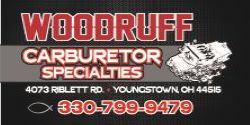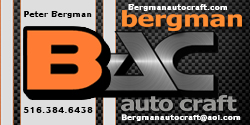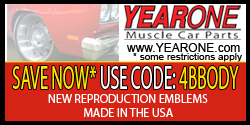Nutso
Well-Known Member
Hello all. I’m pretty new to the site and am currently moparless (unless you count my 2005 Powerwagon). I have lurked here for a while and have been impressed with the range of knowledge and some of the member’s projects. I had a 69 Roadrunner for 14 years and it was time to let her go…it did not suit my needs anymore. I sold her to a member here that has done good things and fixed her up.
This leads me to the question…I still love the old mopars and after looking at Hellcats I just wasn’t excited driving them the way I am with an old car. I’m looking at getting another classic and I was wondering what do you look for when you’re inspecting a potential purchase?
I look at the oil fill and dipstick for mayo, leaks underneath, and body rot. Listen to the engine. I like to check all the wiring to see if lights and indicators are functional. I usually check to see if it brakes straight or pulls. What else do you like to check?
This leads me to the question…I still love the old mopars and after looking at Hellcats I just wasn’t excited driving them the way I am with an old car. I’m looking at getting another classic and I was wondering what do you look for when you’re inspecting a potential purchase?
I look at the oil fill and dipstick for mayo, leaks underneath, and body rot. Listen to the engine. I like to check all the wiring to see if lights and indicators are functional. I usually check to see if it brakes straight or pulls. What else do you like to check?

 or hacked wiring
or hacked wiring














